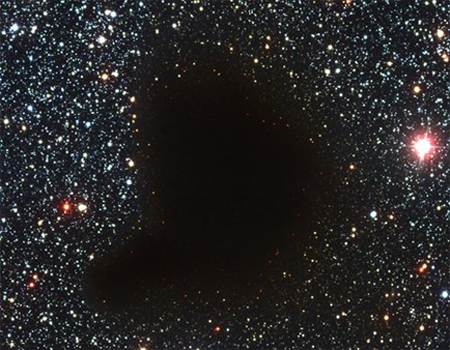When it comes to the Fermi Paradox, I believe the universe is simply too massive to come in contact with many sentient species. However, I do believe "ancient aliens" have visited us to help us evolve at our early stages of civilization, as if giving us a kick start in the right direction. Now we are just observed periodically and also made sure we don't destroy ourselves into oblivion (Greys stepping in to stop a launch of a nuclear weapon, for instance).
The Great Filter is interesting. I feel it's still ahead of us. Once we develop the technology of advanced simulation, how can we not get trapped within it? Why deal with reality when we can live in a perfect simulation? Why do anything when we have AI more advanced then us doing everything we used to do but more efficient? We begin to become complacent. Or... we simply destroy ourselves before reaching anything worthwhile. The "Big 3" for me are war, natural disaster, or if we pass those two, simulation. Reaching Type III takes far too long and cannot happen without at least one of the three happening.
Also, space is fucking scary. Unless we get some Star Trek-like mofo's to come visit us and share their technology it's probable that interstellar travel is not even worth it. Yeah, if you can branch out to nearby planets or solar system's to avoid extinction of your species that's fine, but we're talking travelling billions of light years via wormholes. There's no reason to do it. I mean, take the Eridanus Great Void for example. That part of the universe is completely void of anything for
1.8 billion light years. Not even Dark Matter resides there. Can you imagine just travelling for 1.8 billion light years in pure blackness?



